Read-along – The Old Curiosity Shop (11 of 18)
Chapters 17-24 – and Old Giants and Dwarfs
Dear Old Curiosity Shoppers,
It’s been a month since we last met! We’ve read eight chapters of The Old Curiosity Shop – originally published in issues 16-19 of Master Humphrey’s Clock – and the story is really underway now that Little Nell and her grandfather have left London. Here are my thoughts:
Let me know how you’re finding it!
In four weeks’ time, on 12 September, we’ll discuss Chapters 25-32.
These chapters were published in weekly issues of Master Humphrey’s Clock as follows:
No.20 (15 August) Chapters 25-26
No.21 (22 August) Chapters 27-28
No.22 (29 August) Chapters 29-30
No.23 (5 September) Chapters 31-32
Did you notice this illustration by Hablot Knight Browne (Phiz)?
It illustrates Chapter 19, although – unusually – it’s not a scene that actually takes place in the novel.
It’s an illustration of a second-hand anecdote told by Mr Vuffin, ‘the proprietor of a giant’ who declares that ‘old giants . . . are usually kept in carawans to wait upon the dwarfs’. Vuffin illustrates his point with a story about his friend old Maunders:
‘I remember the time when old Maunders had in his cottage in Spa Fields in the winter time, when the season was over, eight male and female dwarfs setting down to dinner every day, who was waited on by eight old giants in green coats, red smalls, blue cotton stockings, and high-lows: and there was one dwarf as had grown elderly and wicious who whenever his giant wasn’t quick enough to please him, used to stick pins in his legs, not being able to reach up any higher. I know that’s a fact, for Maunders told it me himself.’
It’s a tiny moment, but I love how Hablot Knight Browne extrapolates that snippet of conversation into a whole vibrant scene. It’s a demonstration of how creative his side of the partnership was and how much his illustrations contribute to the reading experience.
Each of the eight dwarfs has such a distinctive personality. I particularly love this irascible old man, presumably the ‘wicious’ pin-sticker from the anecdote:
And the old giants are so characterful too. My favourite is this fellow, cocking an eyebrow at the mad scene and gazing into space, thinking, most likely, about more dignified times of his life.
The focus of the illustration, however, the central point to which the eye is drawn, is this dark-haired, slightly demonic figure, enjoying chunks of unaccompanied steak, eaten off the knife.
It may be fanciful, but he reminds me of Browne’s illustrations of the other dwarf in this novel: Quilp. Here is Quilp, for example, two chapters later, taunting the dog in the disused skittle alley:
Could Browne be giving us a clue to Quilp’s background: that he used to be displayed as a fairground attraction by old Maunders, before escaping to London and establishing Quilp’s Wharf?
Perhaps. Although perhaps Quilp is all the more sinister if he has no back story.
‘What about the dwarfs when they get old?’ inquires the landlord, after Vuffin finishes this anecdote.
‘The older a dwarf is, the better worth he is,’ returned Mr Vuffin; ‘a grey-headed dwarf, well wrinkled, is beyond all suspicion. But a giant weak in the legs and not standing upright!—keep him in the carawan, but never show him, never show him, for any persuasion that can be offered.’
I look forward to reading the next eight chapters of The Old Curiosity Shop and discussing them in a month’s time, on Friday 12 September!
Here are links to our previous Old Curiosity Shop posts:
The Schedule (14 March 2025)
Charles Dickens (28 March)
0. Forster’s Life of Dickens (4 April)
1. Master Humphrey’s Clock No.1 – and Gog and Magog (11 April)
2. Master Humphrey’s Clock No.2 – and G. K. Chesterton (18 April)
3. Master Humphrey’s Clock No.3 – and Edgar Allan Poe (25 April)
4. Master Humphrey’s Clock No.4 – and the Old Curiosity Shop (2 May)
6. Master Humphrey’s Clock No.6 – and St. Dunstan-in-the-West (16 May)
7. Master Humphrey’s Clock No.7 – and Jack Bamber’s tale (23 May)
9. Chapters 6-8 – and Master Humphrey, from His Clock-Side in the Chimney Corner (20 June)
10. Chapters 9-16 – and Punch and Judy (18 July)
And if you’re not reading The Old Curiosity Shop with us, remember you can choose to opt out of our conversation. Just follow this link to your settings and, under Notifications, slide the toggle next to ‘The Old Curiosity Shop’. A grey toggle means you will not receive emails relating to this title.





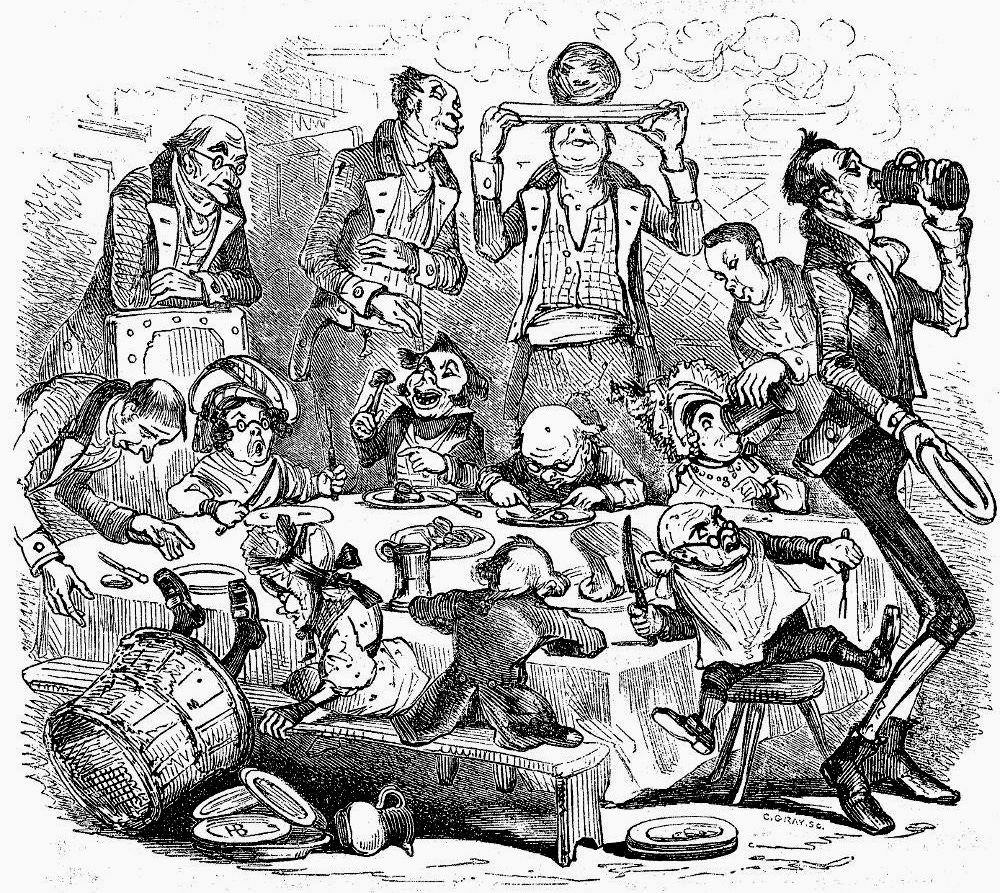
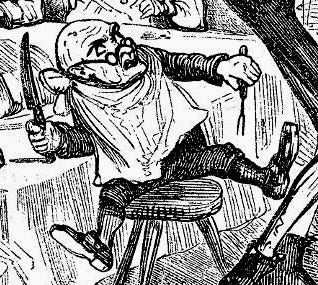
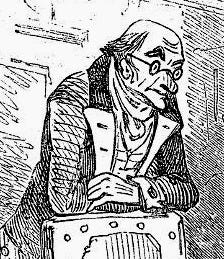
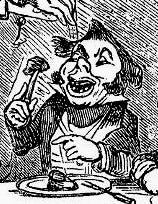
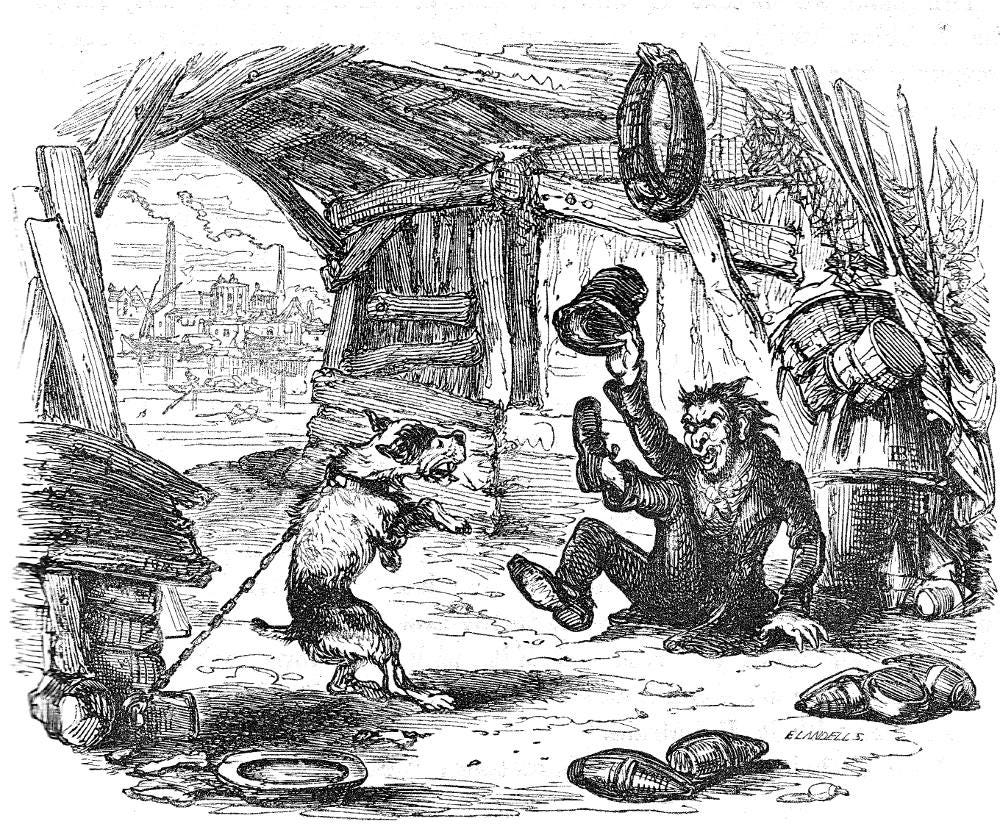
Dickens never seemed to understand why people might feel resentful about being treated as freaks or grotesques. While Quilp does clearly resent it, Dickens does not use his embitterment (to the point of evil) as a lesson on the evil effects of creating freak shows. He creates them himself in almost every novel -- in Pickwick, it's the fat boy, who is dehumanized and treated as an object. Later, it's characters like Mrs. Gamp.
This was a delight - so much to enjoy. I'm also starting to make links to other Dickens' works.
But first: when Codlin and Short started, was anybody else reminded of the fox and the cat in 'Pinocchio' (the Disney version)?
The woman in the carriage: I read that differently. I assumed she was an older woman (mother or grandmother), surrounded by young people. I always think the best of people...
The similarities to other works: long walk (David Copperfield), child in danger (Oliver Twist), run into actors (Nicholas Nickleby), child taken in by good people (Oliver Twist / David Copperfield). Kit feels like a respectable version of the Artful Dodger, and all the shenanigans are bringing Ralph Nickleby to mind.
I'm not complaining, I'm interested in how the themes play out differently.
I've got the Folio Society edition which has different - but equally brilliant - illustrations (especially Quilp with the dog).
At this point - although I'm sure we'll find out later - I'm intrigued by the novel's title. So, why does it take its name from the shop? What is the significance? I'm starting to make wild guesses.
I loved the expression (about Quilp) "this unknown piece of ugliness". I may try to popularised it. -